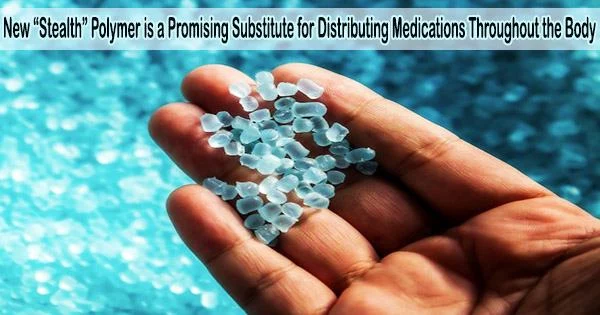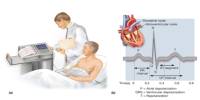Researchers have created a unique synthetic material that may lead to safer and more efficient drug delivery throughout the body.
Due of its excellent solubility and non-toxicity, polyethylene glycol (PEG) is currently the most widely utilized polymer for biomedical purposes. It can be used for a variety of things, such as coating nanocarriers that transport medications into a patient’s bloodstream.
PEGs have numerous advantages, but they also have some serious drawbacks. Currently, PEG’s propensity to incite an unfavorable immunological response against themselves is causing researchers some concern. PEG-antibodies have been detected in much higher concentrations in vaccine recipients as a result of the widespread use of PEG in COVID-19 vaccines and boosters.
A team of scientists has created a new “active stealth” polymer, called Polythio Glycidyl glycerol (PTGG), which initial data suggests is safer and more effective in drug-delivery.
The study, which was written up in the Journal of the American Chemical Society (JACS), discovered that PTGG was less likely than PEG to be picked up by immune systems as it moved throughout the body. Additionally, it improved tissue’s physical stability and guarded against oxidative and inflammatory damage.
PTGG’s ‘active-stealth’ character makes it a highly promising alternative to PEG for delivering drugs, and therapeutic proteins. Not only can it effectively avoid detection in the bloodstream, the polymer’s advantageous properties can also significantly reduce the need for expensive substances to prevent freeze-damage during storage.
Dr. Farah El Mohtadi
Lead author, Dr. Farah El Mohtadi from the University of Portsmouth’s School of Pharmacy & Biomedical Sciences, said, “PTGG’s ‘active-stealth’ character makes it a highly promising alternative to PEG for delivering drugs, and therapeutic proteins.”
“Not only can it effectively avoid detection in the bloodstream, the polymer’s advantageous properties can also significantly reduce the need for expensive substances to prevent freeze-damage during storage.”
The results of the study have important ramifications for the creation of safer and more effective medications and nanocarriers. The potential uses of PTGG in clinical settings will be investigated in more detail.
“On top of the medical application, we also want to explore PTGG’s potential use in other areas,” added Dr. El Mohtadi.
“These include temporarily uniting the polymer to enzymes and exploring whether they are more effective at breaking down man-made materials, including plastics.”
The potential for using the polymer to stabilize nylon-degrading enzymes will be explored as part of a Ph.D. studentship at the University’s Center for Enzyme Innovation (CEI), a project supervised by Professor Andy Pickford (the CEI Director), Dr. El Mohtadi and Dr. Bruce Lichtenstein.
Scientists at CEI have already created enzyme technology to break down single-use plastics, including PET, to their chemical components, enabling safe and low-energy recycling. For this study, they are focusing on nylon, but they have their sights set on developing a comparable method for polyester textiles.
Professor Andy Pickford said, “In an industrial setting, plastic-degrading enzymes must operate under challenging conditions such as high temperature, so we are excited to see whether attaching PTGG to them can enhance their performance.”
















